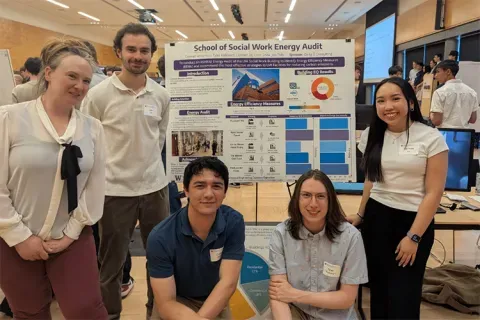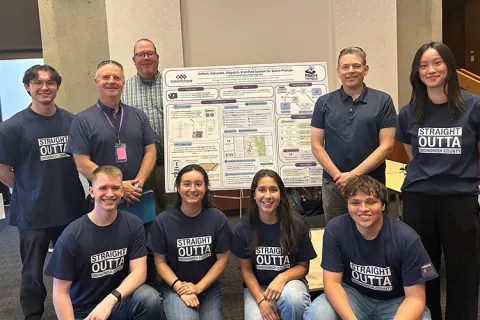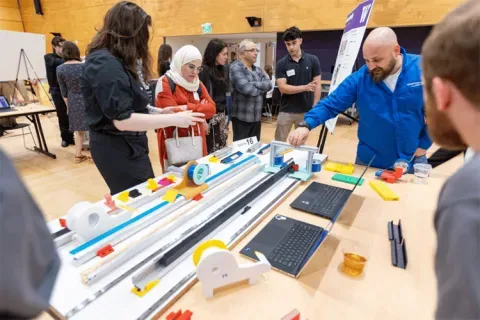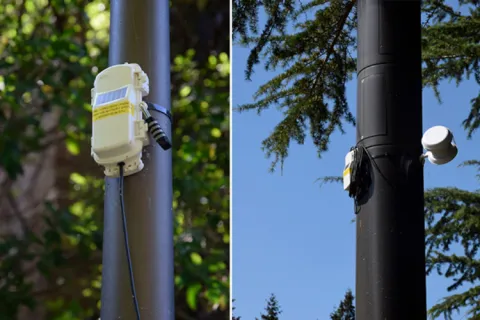PACCAR
E-Truck HMI Design and Development
This student team will work to design a human-machine interface (HMI) for the UW E-Truck RSO. E-Truck currently has four technical teams—Structures, Systems, Control, and Electrical—that will concentrate on engineering development for the 2024-2025 year. This project will follow a human-centered design (HCD) model (Empathize, Define, Ideate, Prototype, Test) in alignment with PACCAR's industry design standards to create a development-ready dashboard interface. Throughout each phase, students will work to collaborate closely with sub-team leads to ensure that the HMI system is feasible given the truck's current electrical capabilities. In addition to the physical development of the HMI system, students will work cross-functionally with E-Truck engineers, PACCAR UX designers, and Electrical/CS engineers. Key design parameters for this project will ensure that the HMI is functional, safe, and user-friendly, addressing both the needs of the driver and the technical constraints of the vehicle's systems. The interface should have a simple and intuitive design that allows users to access critical information (e.g., speed, battery status, navigation) with minimal effort and key informational hierarchy. Performance will be tested and validated by real truck drivers for qualitative feedback of the HMI experience. In addition, designs will also be tested using the system usability score (SUS) to benchmark its performance against other EV car and truck HMI systems. The desired outcome this student team will work to achieve is a development-ready HMI prototype for E-Truck, with benchmark deliverables throughout HCD phases. Students will work to conduct user research to develop design personas, perform market research, and gather insights through surveys. They will focus on feature prioritization, feasibility analysis, setting design requirements, and culminating a validation test plan. Prototyping will involve storyboarding, wireframing, and creating a minimum viable product. Finally, students will work to collaborate with E-Truck technical teams to integrate the system into the truck’s dashboard and carry out real-world user testing to refine the HMI. The desired outcome this student team will work to achieve is a development-ready HMI prototype for UW E-Truck. The stretch goal for this capstone is mounting the HMI.
Faculty Adviser(s)
Alan Marks, Human Centered Design & Engineering
Related News

Mon, 10/13/2025 | UW Mechanical Engineering
Capstone collaboration leads to award
An ME capstone team received first place for its energy audit of the UW School of Social Work building.

Thu, 07/17/2025
UW engineering students develop smart ballot solution
UW engineering students develop smart technology solution to improve ballot collection for Snohomish County.

Mon, 07/07/2025 | UW Mechanical Engineering
Capstone creations
Students displayed innovative capstone design projects at the 2025 expo.

Fri, 09/20/2024 | UW Civil & Environmental Engineering
Smarter irrigation for a greener UW
A new project combines satellite data with ground sensors to conserve water and create a more sustainable campus environment.